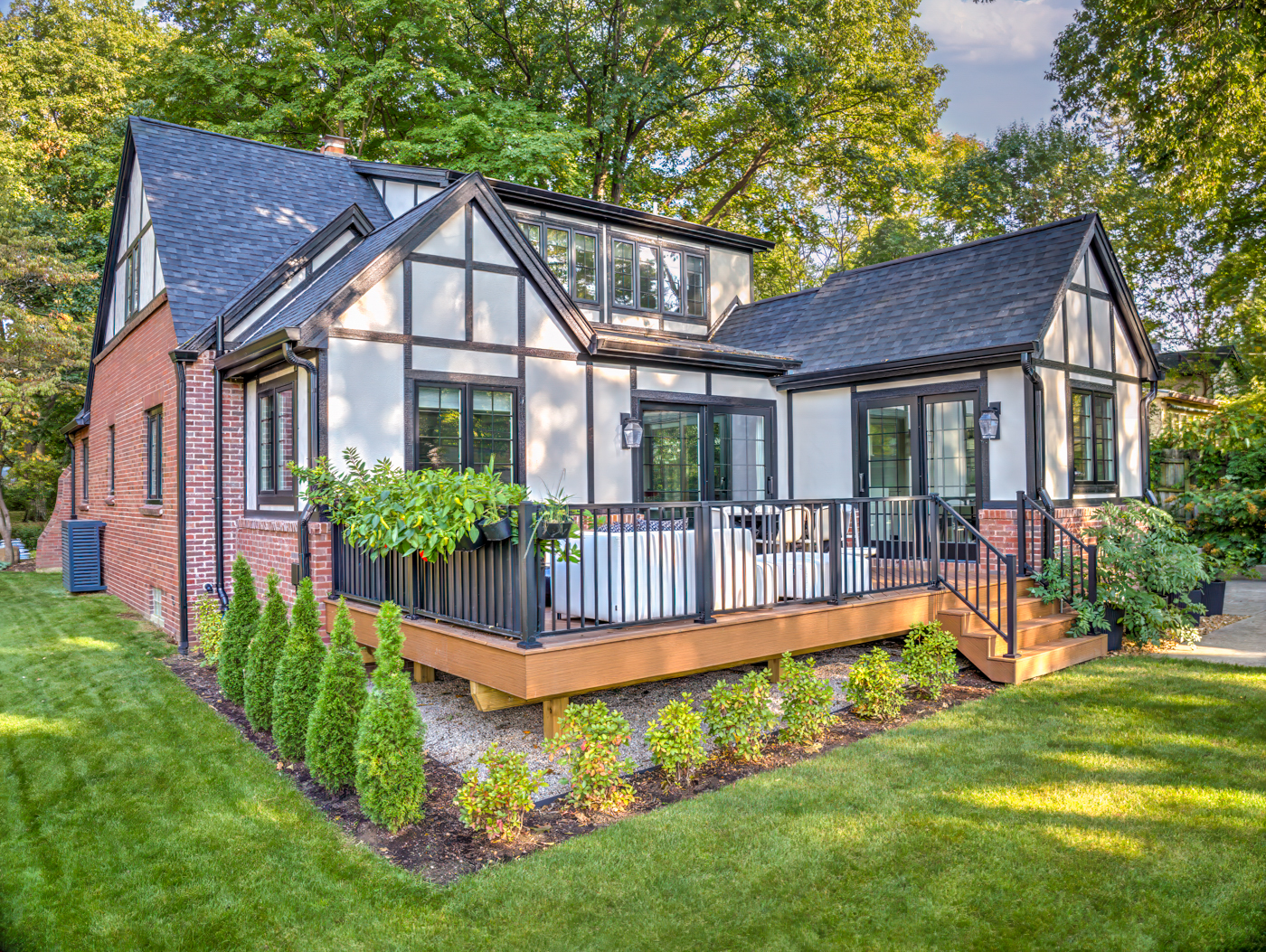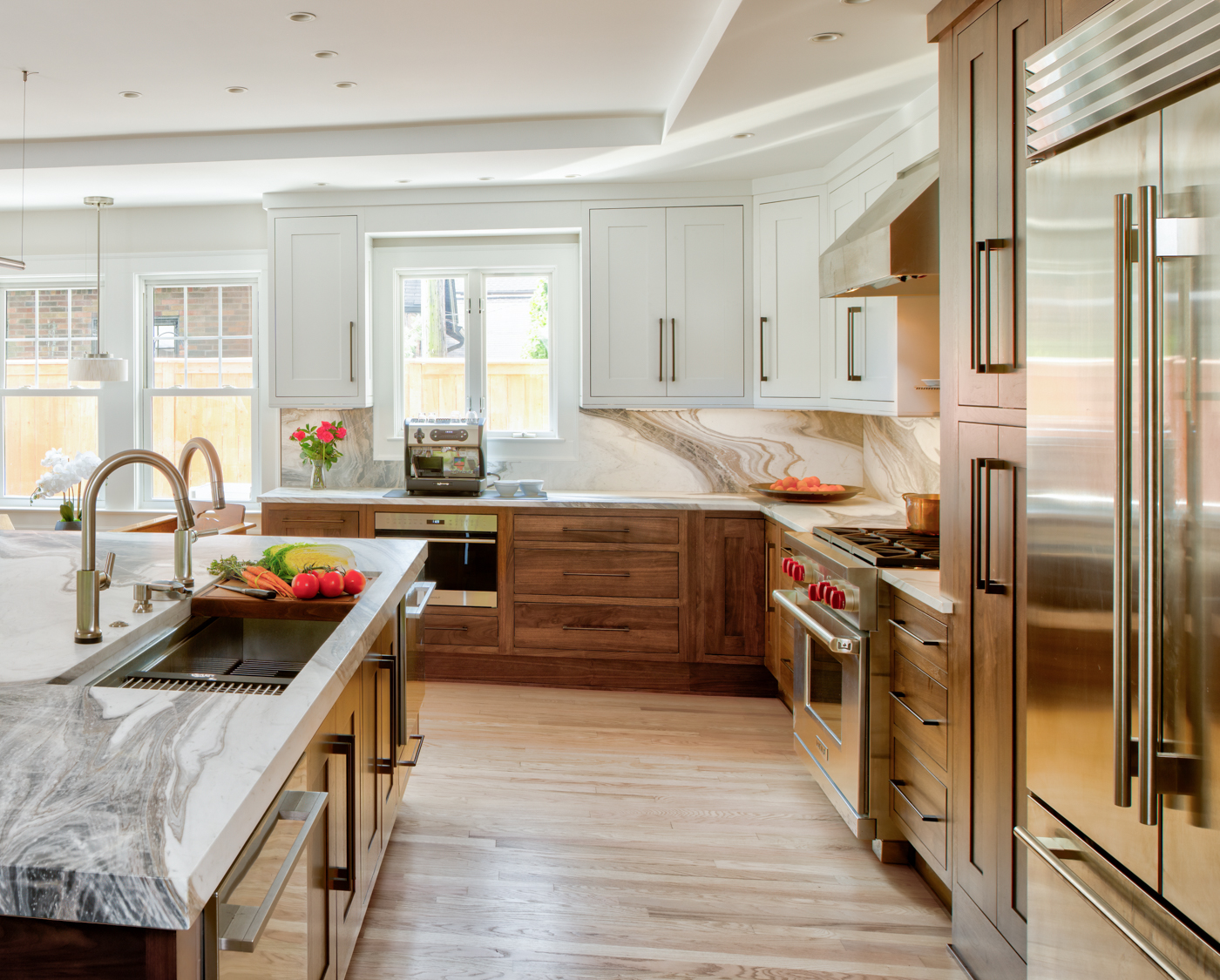How do you Go Green when Remodeling?
Green remodeling can improve your indoor air quality, conserve energy, reduce material waste and accommodate resource conservation. By choosing the right environmentally friendly safe products you can increase the value of your home, improve your quality of life and overall health. Check out these Green Tips below to learn how you can Go Green today!
Windows: Opt for a Low-E tempered glass when selecting your windows, this type of glass increases your homes energy efficiency and is known to lower your bills as much as 50% (based on product averages).
Insulation: Unless you are building a new home and can specify thicker interior walls with additional insulation chances are you have to work with what you have. If you have an unfinished basement adding insulation in your basements ceiling will not only help keep your bills down but will add as a sound barrier. (Be sure to ask about this type of insulation for your remodel!) Dense carpet and pad will help absorb the extreme temperate elements too.
Non-Toxic Paints: Most interior paints companies offer no or low VOC brands, as VOC’s are solvents that omit into the air when working with the product. This can cause headaches or dizziness throughout the use and after the paint has been applied to your walls. To keep your family safe choose a low or no VOC paint for your next project.
Natural Flooring: Bamboo flooring is a renewable product because it is greatly available. Bamboo trees reach their flooring potential much faster than most trees. Dust and dust mites do not stand a chance with bamboo flooring which makes this a great option for allergy sufferers. Cork flooring is also another renewable product since the tree is not compromised when obtaining the bark. First the bark is scraped off by hand every 9 years, this allows the tree to remain in the forest and restore new bark. Once the bark is dry, corks for wine bottles are created. From the scraps of the wine bottle corks the bark is then boiled, ground up and compressed with adhesive resins. This now has evolved into sheets then cut into flooring pieces. Most cork floor products back the planks with a high-density fiberboard for stability while others use the additional ground up material as an alternative backing structure.





